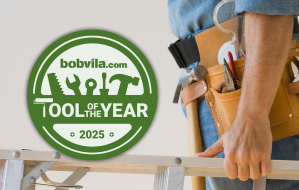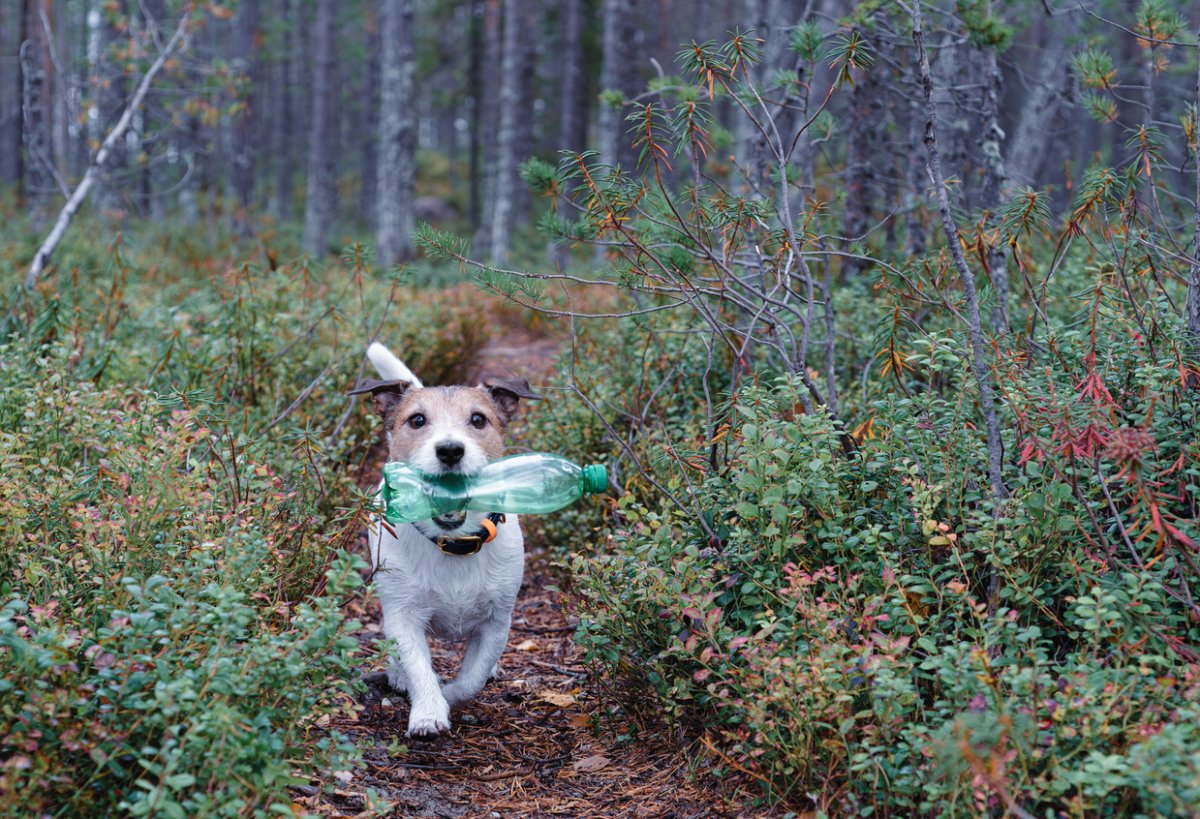

We may earn revenue from the products available on this page and participate in affiliate programs. Learn More ›
Earth Day celebrates the land and underscores the importance of taking care of it so that it will last and sustain healthy plants, trees, and life. To commemorate the holiday, support sustainability, and improve your own piece of the planet, incorporate some green practices with these tips, ideas, and products.
1. Add Humus
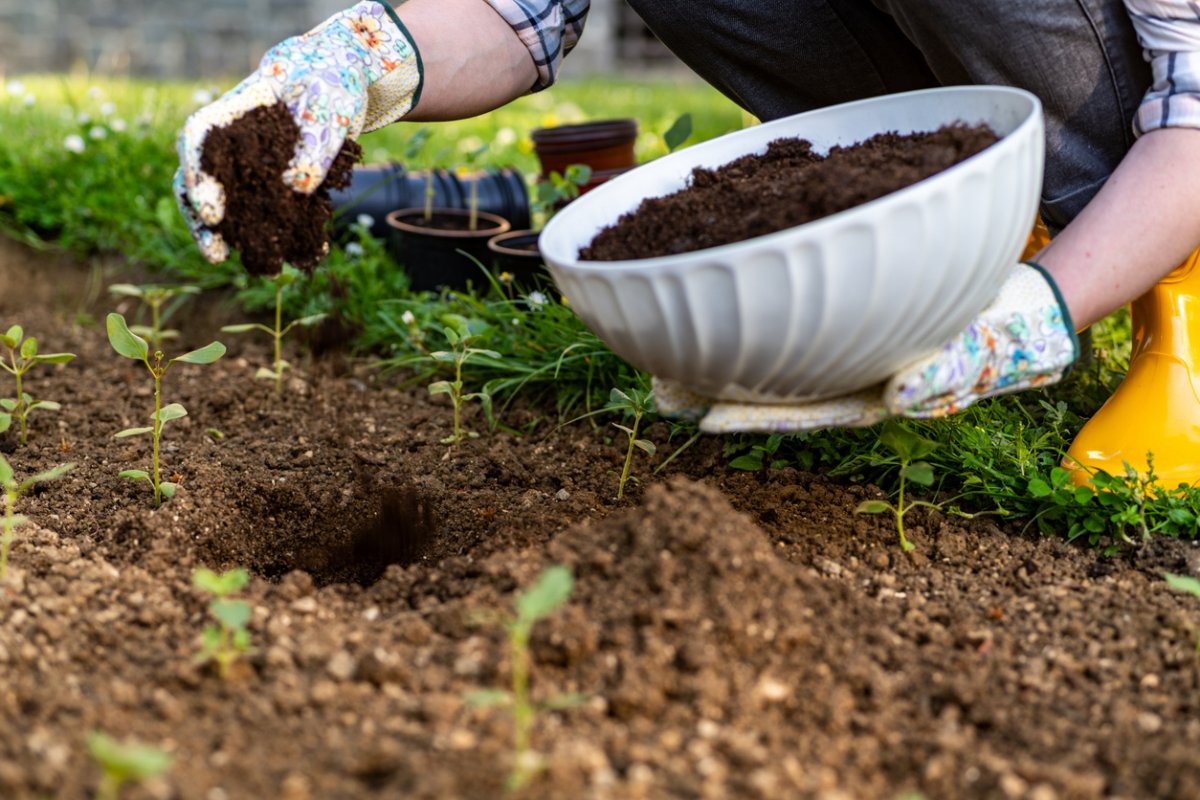
Humus is the dark organic component of soil formed by the decomposition of plant and animal matter, such as fallen leaves, twigs, insects, and mushrooms. It improves soil fertility and structure. Humus occurs naturally, but can also be produced through composting — collecting organic materials, including yard waste, manure, and food scraps, and allowing them to decompose in a controlled environment.
Because the U.S. is losing topsoil 10 times faster than nature can replenish it, composting is important. Easy methods include leaving grass clippings and leaf litter in place, top-dressing your lawn with a thin layer of compost, reducing tillage, and using cover crops in garden beds.
2. Start Composting

Composting has multiple benefits. In addition to producing a rich, organic soil amendment, it diverts material from the waste stream. Backyard composting makes use of kitchen scraps, leaf litter, grass clippings, and other yard waste, typically cured in a compost bin or in open piles, while vericomposting involves worms that do the work.
Important ingredients for composting include:
- Carbon-rich browns (leaves, untreated wood chips, twigs, shredded cardboard)
- Nitrogen-rich greens (grass clippings, crushed eggshells, fruit & vegetable scraps)
- Water
- Air
Consult a list of materials that should not be added, starting with animal byproducts.
3. Plant a Tree
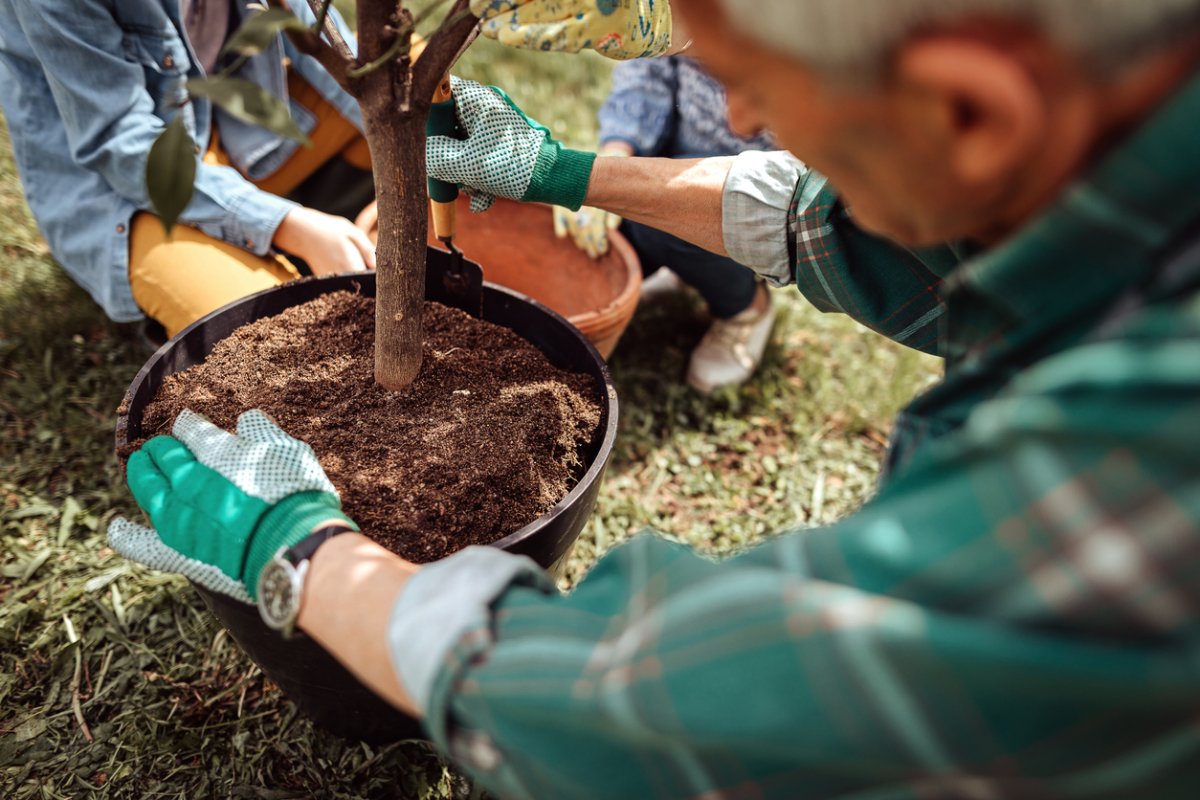
Trees — considered the “lungs of the Earth” not only because they release oxygen, but also because they absorb carbon dioxide — are vital to the reduction of erosion, soil stabilization, and biodiversity by providing habitat and food for wildlife.
In addition to planting trees in your own yard, you can donate to organizations such as the Arbor Day Foundation, which plants trees in America’s National Forests, or One Tree Planted, which also addresses tree equity by planting trees in urban communities most in need. According to a study by American Forests, neighborhoods with the highest poverty rates have 41 percent less tree coverage than the wealthiest areas.
4. Choose Native Plants
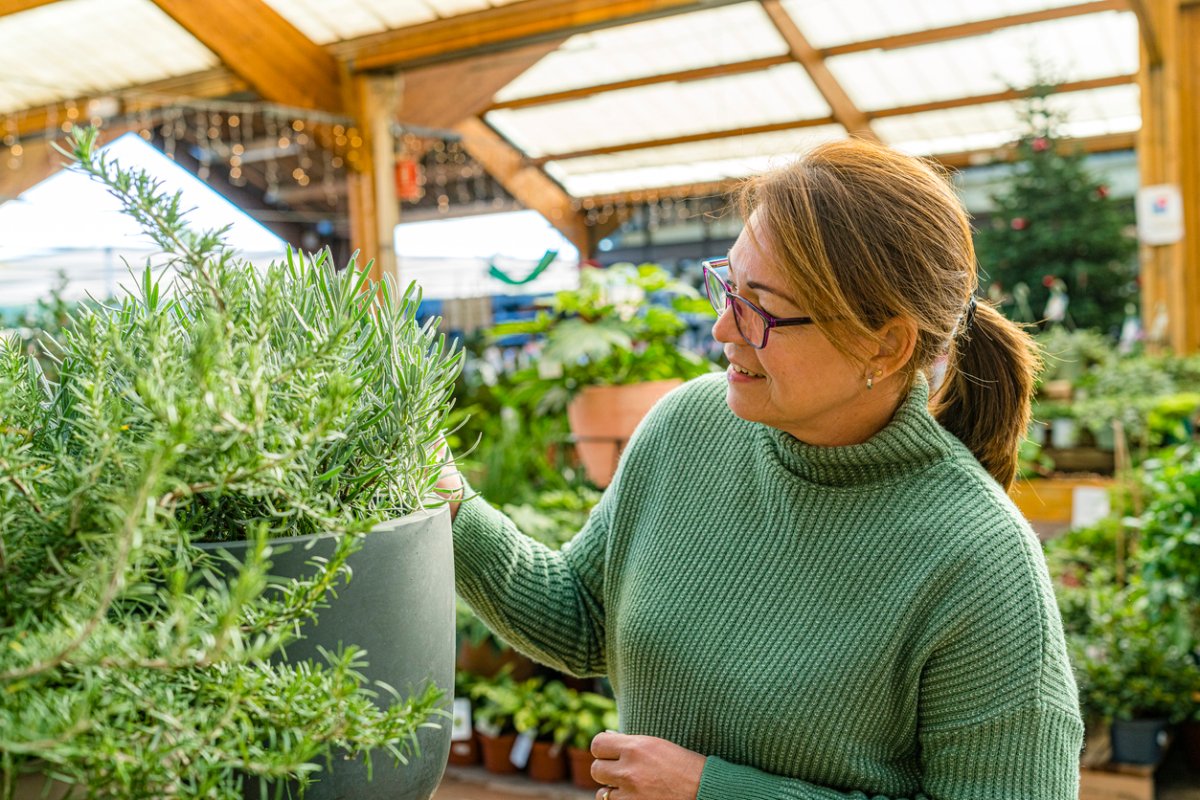
When selecting trees, shrubs, and plants for your yard, go native. Native species support local wildlife, including insects. Over the past 25 to 30 years, more than 45 percent of the planet’s insects have disappeared, and one of the reasons is that non-native plants are replacing native plants in the landscape. Many non-native plants sold in big box stores are invasive — they will spread and crowd out native species.
Native plants are typically easier to grow and cheaper to maintain than non-native species. They require less water and less chemical fertilizer. Most importantly, though, they provide food and shelter for wildlife, birds, and insects.
5. Add Mulch
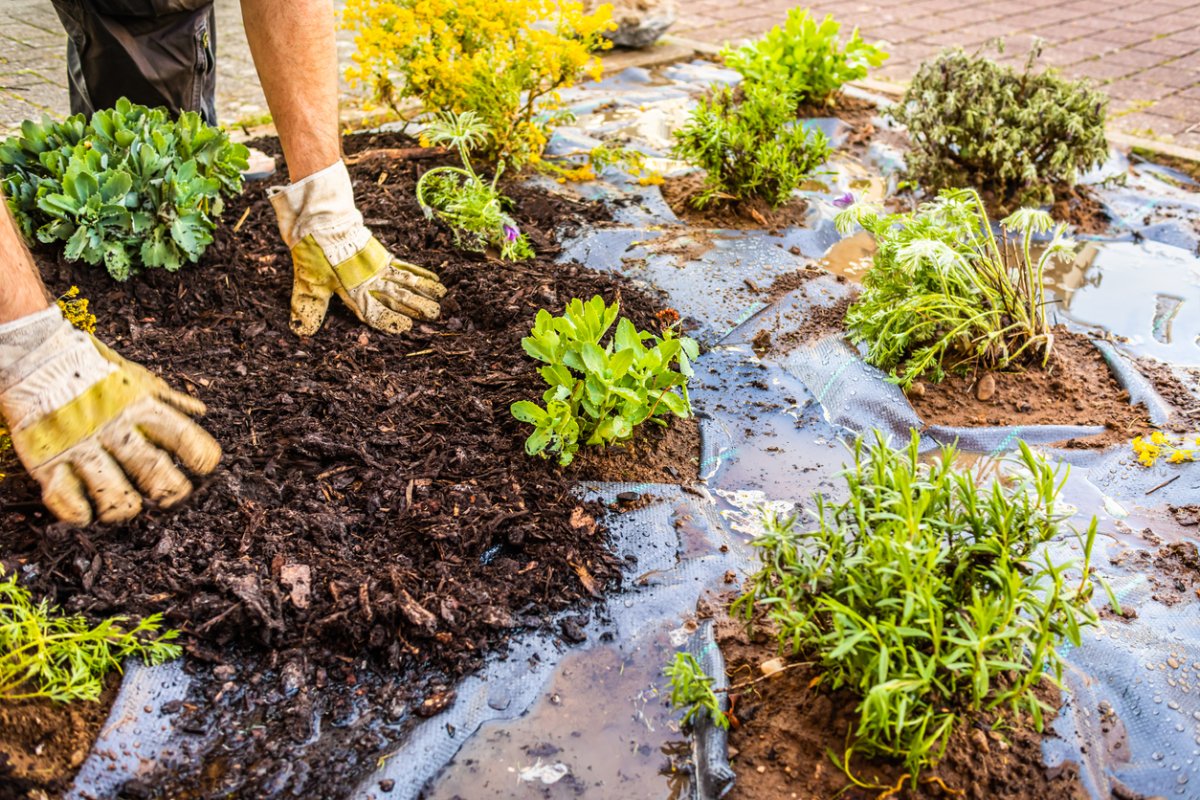
Mulch is a method of repurposing materials you already have, such as grass clippings, straw, shredded leaves, wood chips, or even gravel or other forms of crushed rock. It enriches soil by providing nutrients and organic matter, regulates soil temperature, improves moisture retention, prevents erosion, protects and supports seedlings, suppresses weeds, and adds curb appeal. Thus, garden mulch saves water, time, and money while improving the soil.
By covering bare soil, it also assists in carbon sequestration — storing carbon that has the immediate ability to become carbon dioxide gas — by preventing loss of carbon to oxidation.
6. Reduce or Eliminate Chemical Usage
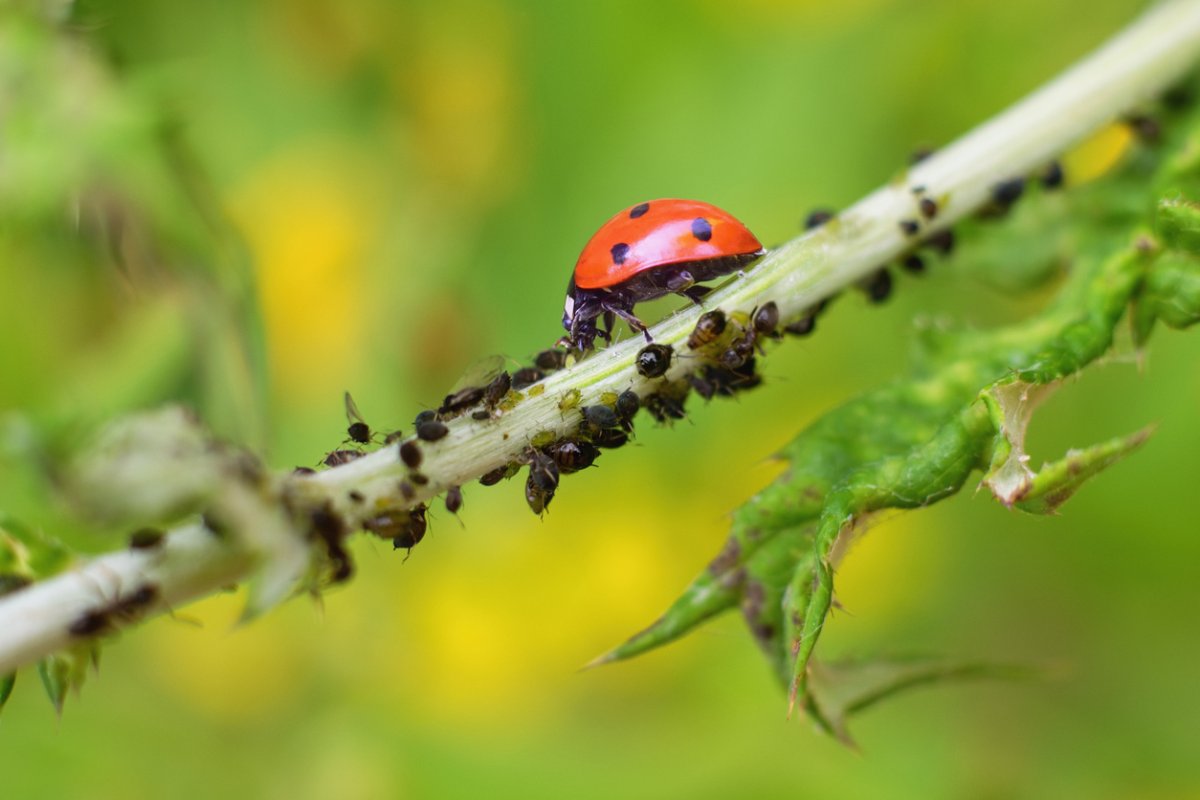
Artificial pesticides and fertilizers are chemical stressors that can destroy soil life, destabilize and degrade soil structure, and stop the soil carbon building process. Depending on soil composition and environmental factors, the “soil residual life” of herbicides (the length of time they remain active in the soil) can range from 2 to 200 days. Pesticides can remain in the soil for 4 to 5 years. Lingering residue can make its way into plants consumed by humans, animals, and insects.
Opt for sustainable practices — rotate crops to disrupt pest cycles, use beneficial insects to combat pests, plant pest-resistance plants, and incorporate mechanical weed control methods.
7. Harvest Rainwater
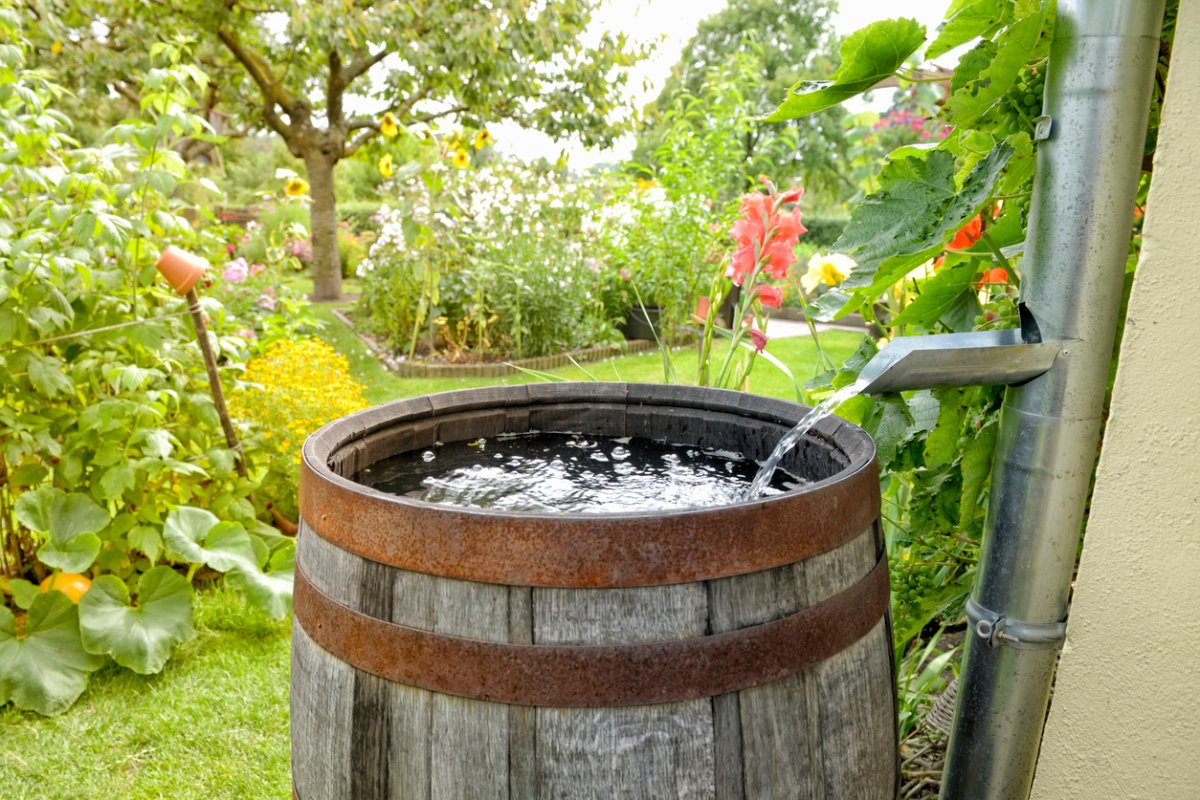
Harvesting rainwater is a money- and energy-saving way to irrigate gardens and lawns, wash vehicles, and refill pools, fountains, and ponds. It’s suitable for many indoor uses, but if potable water is required, rainwater should be filtered to remove pathogens.
Other benefits include reducing erosion — particularly in dry environments, reducing flooding in low-lying areas, and reducing demand on freshwater resources. Decorative rain barrels make harvesting more appealing to some homeowners.
Note that private rainwater harvesting is not legal everywhere, so check local laws first.
8. Reduce, Repair, Reuse, Repurpose

Recycling diverts items from the waste stream, but uses tremendous amounts of energy. Each year, over 69 million tons are recycled in the United States. Reusing or repurposing can save money and reduce the energy and pollution that often comes with recycling.
It begins with our buying habits — buying less, buying long-lasting quality items, buying items with less packaging, or reusing what we already own. Repairing your items can extend their life. Repurposing items you already own gives them new life, at no cost. Old tires and crates, for example, can become planter beds. Pallets make great garden tool holders.
9. Dispose of Waste Properly

In our single-use-loving society, the useful life of many products is increasingly short. In the environment, however, they can linger much longer. Biodegradable trash — notably, food waste — can decompose in as little as two weeks, but disposable diapers take 250 to 500 years to decompose in a landfill, and some plastics never biodegrade. Consider compostable trash bags for household waste instead of plastic bags.
When it’s time to toss something, check guidelines for safe disposal. Don’t flush medications — they contaminate the water supply. Chemicals like automotive fluids, paint, and stain, and items like batteries, electronics, and tires are considered hazardous waste and require special disposal.
10. Clean Out Your Culvert
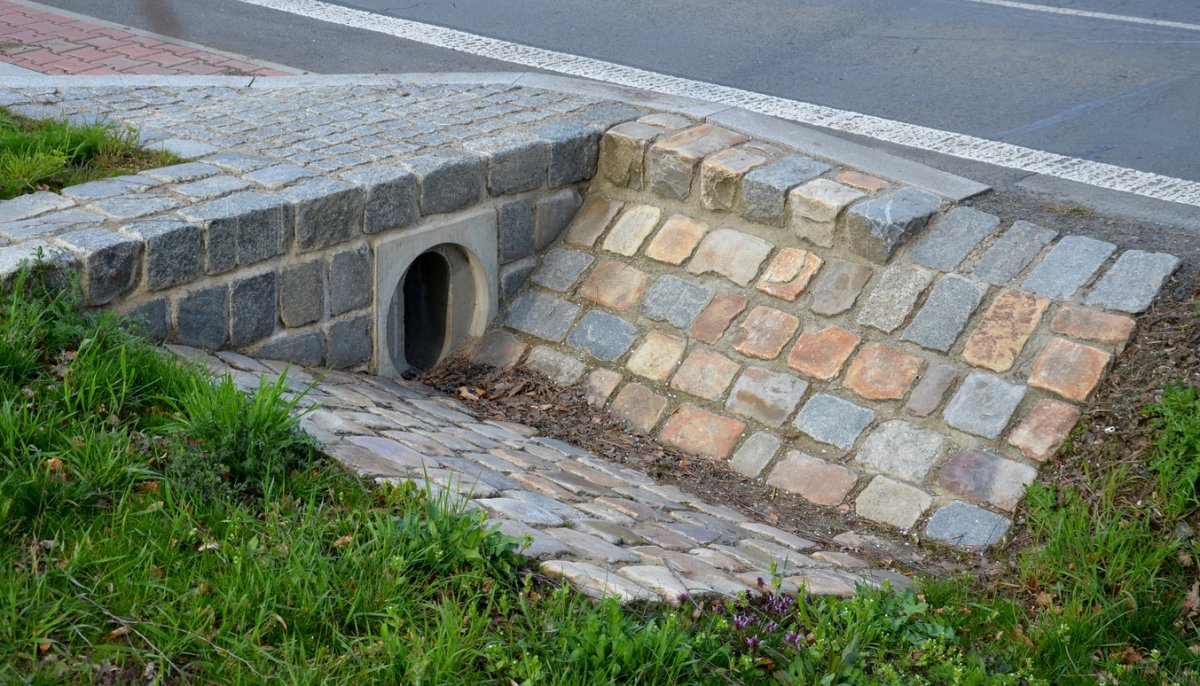
If your driveway crosses a roadside bar ditch, you probably have a culvert — a large cylinder reinforced with pipe or concrete that allows water to flow under roads without washing away the infrastructure or flooding nearby areas. Buried underground, culverts ranging from 1 foot to 6 feet diameter improve drainage, minimize soil erosion, reduce standing water and prevent flooding, provide an escape channel for stormwater and snowmelt runoff, reduce environmental damage resulting from polluted waterways, and allow fish and wildlife to pass without impediment.
When culverts are clogged with trash, debris, or other elements, they can harm roads, ditches, real estate, people, and wildlife. Keep the water flowing and clean out your culvert.
11. Protect the Water Table
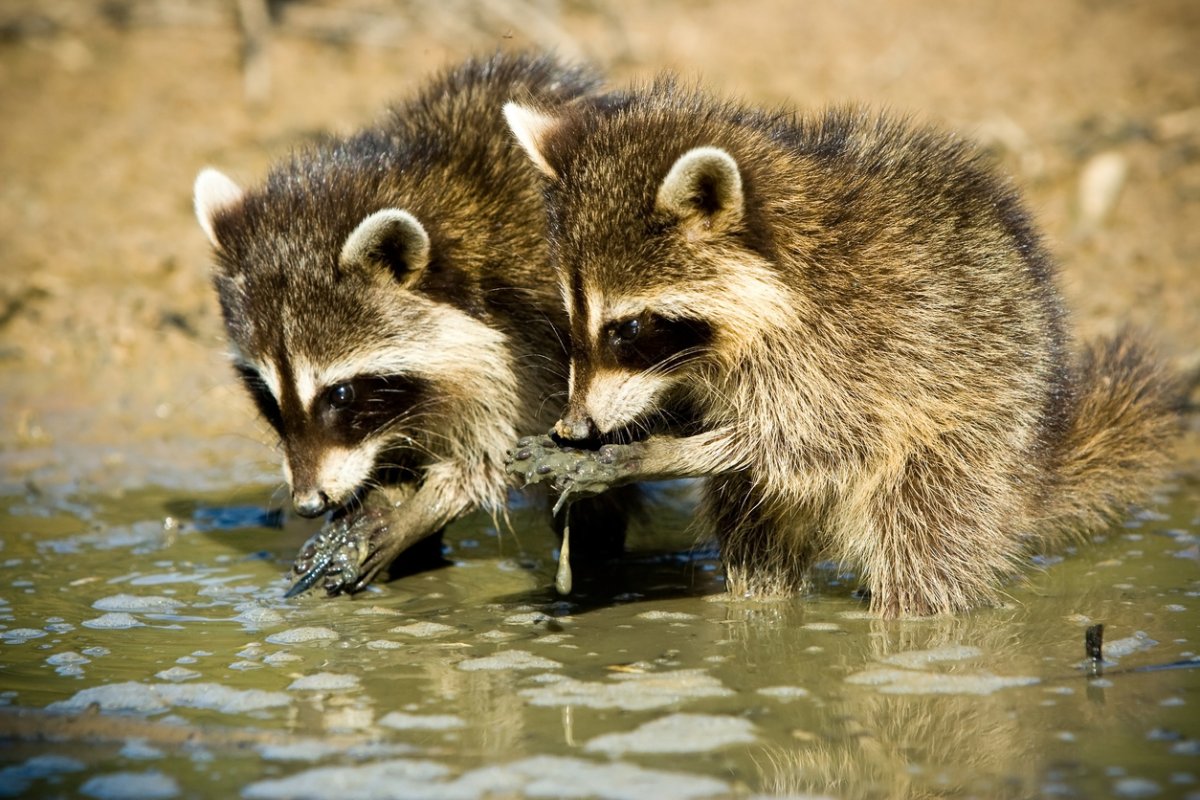
Protecting the water table and groundwater from contamination is vitally important to prevent detrimental health and environmental consequences.
Approximately 23 million households get their drinking water from a well that accesses groundwater. Wild animals, birds, fish, and insects drink any available above-ground freshwater source, and plants rely on clean water.
Ways to prevent pollution of the water table include:
- Limiting pesticide and fertilizer use
- Contouring planting on slopes
- Planting grass in roadside ditches or gullies to prevent erosion
- Planting trees to create riparian buffer zones
- Maintaining your septic system
- Carefully storing and dispose of hazardous waste
12. Incorporate Permeable Surfaces

Rather than paving driveways and walking paths, consider permeable surfaces such as gravel, cinder, or permeable pavements that allow water to trickle to the ground. By reducing runoff, permeable surfaces allow water to return to groundwater and prevent excess flooding.
“They also cool your property,” says Olivia Harris, president of Invisible Structures. “Asphalt and concrete retain heat, making your property hotter.” The company’s porous grass paver, Grasspave2, made of flexible, recycled plastic, sits below the ground surface and provides a drainage rate of 39.2 inches per hour per square foot — a faster rate than lawns. That’s a great way to support Earth Day and every day.
